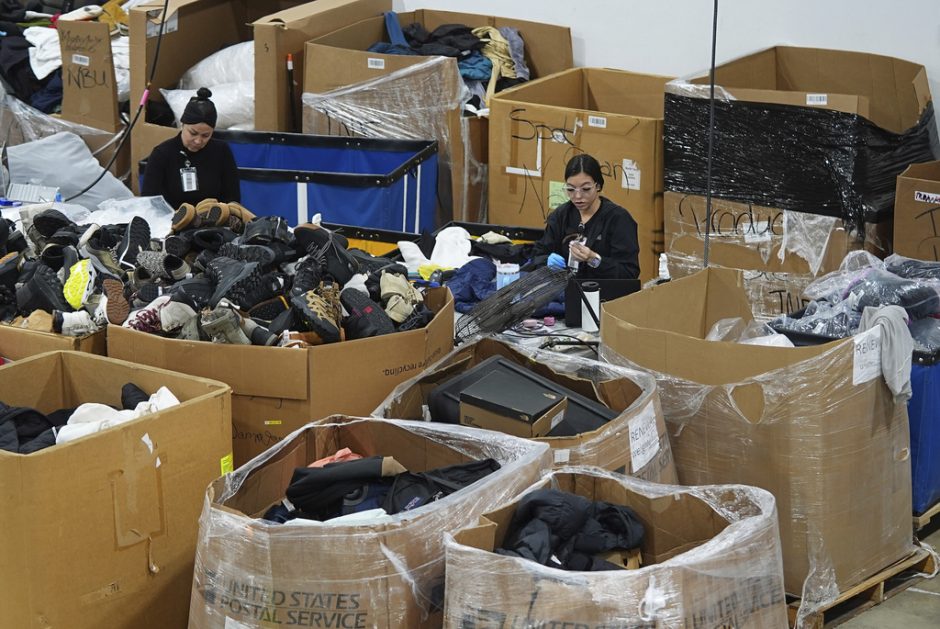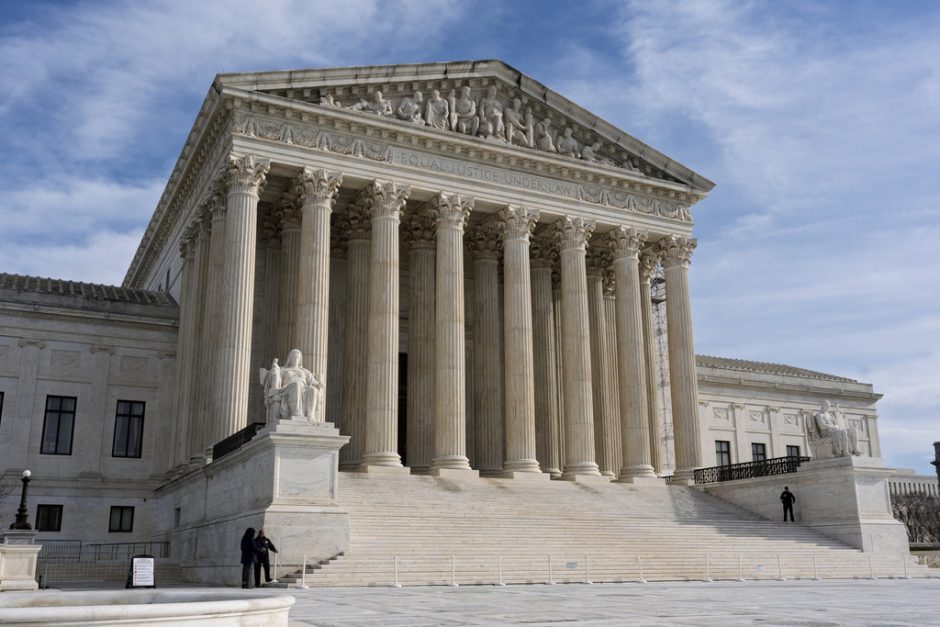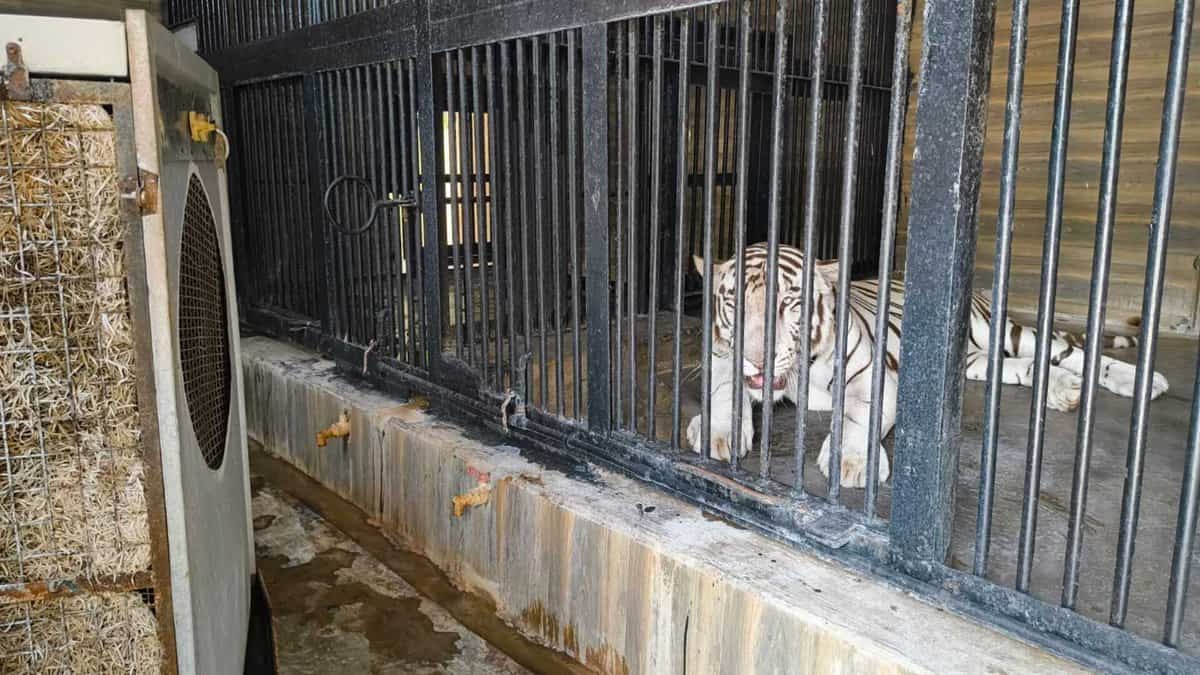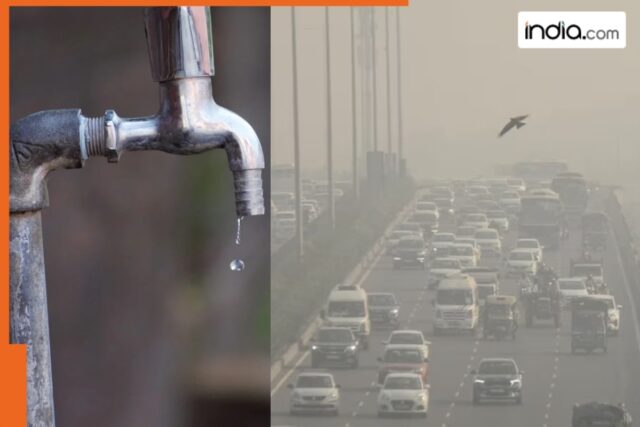The stage 4 of the Graded Response Action Plan is still in place.
New Delhi: The national capital is facing a cold wave and along with that poor air quality. Even though parts of Delhi-NCR experienced light rain on Monday morning, the air quality in Delhi was recorded in the ‘severe’ category, with an average Air Quality Index (AQI) of 402, according to the Central Pollution Control Board (CPCB).
The stage 4 of the Graded Response Action Plan (GRAP) is still in place to combat air pollution by preventing construction activities and restricting the entry of non-essential polluting trucks.
The GRAP system categorises air quality into four stages: Stage I (poor: AQI 201–300), Stage II (very poor: AQI 301–400), Stage III (severe: AQI 401–450), and Stage IV (severe plus: AQI above 450).
The national capital is expected to experience varied weather patterns along with the periodic winters.
Dense fog is predicted for 25 December 2024 with maximum temperatures reaching 22 degrees Celsius and minimum temperatures dropping to 6 degrees Celsius. The IMD has issued a fog alert for this period.
Apart from battling cold wave and severe AQI, parts of Delhi faced water shortage due to dangerously high levels of ammonia (NH3) in the Yamuna river at the Wazirabad pond, an official statement of the Delhi Jal Board (DJB) said.
According to the statement, ammonia concentrations exceeding 5.0 ppm have reduced water production at the Wazirabad Water Treatment Plant by 25-50 per cent.
“As a result, water supply in several areas of the city will be available at low pressure until the situation improves,” it said.
The affected areas include Majnu Ka Tila, ISBT, GPO, NDMC area, ITO, Hans Bhawan, LNJP Hospital, Defence Colony, CGO Complex, Rajghat, WHO, IP Emergency, Ramleela Ground, Delhi Gate, Subhash Park, Gulabi Bagh, Timarpur, SFS Flats, Punjabi Bagh, Azadpur, Shalimar Bagh, Wazirpur, Lawrence Road, Model Town, Jahangirpuri, Moolchand, South Extension, Greater Kailash, Burari, parts of Cantonment areas, and South Delhi.
The DJB has urged residents to use water judiciously and assured the availability of water tankers on demand. Ammonia contamination is an ongoing issue in Yamuna, frequently affecting Delhi’s water supply.















































